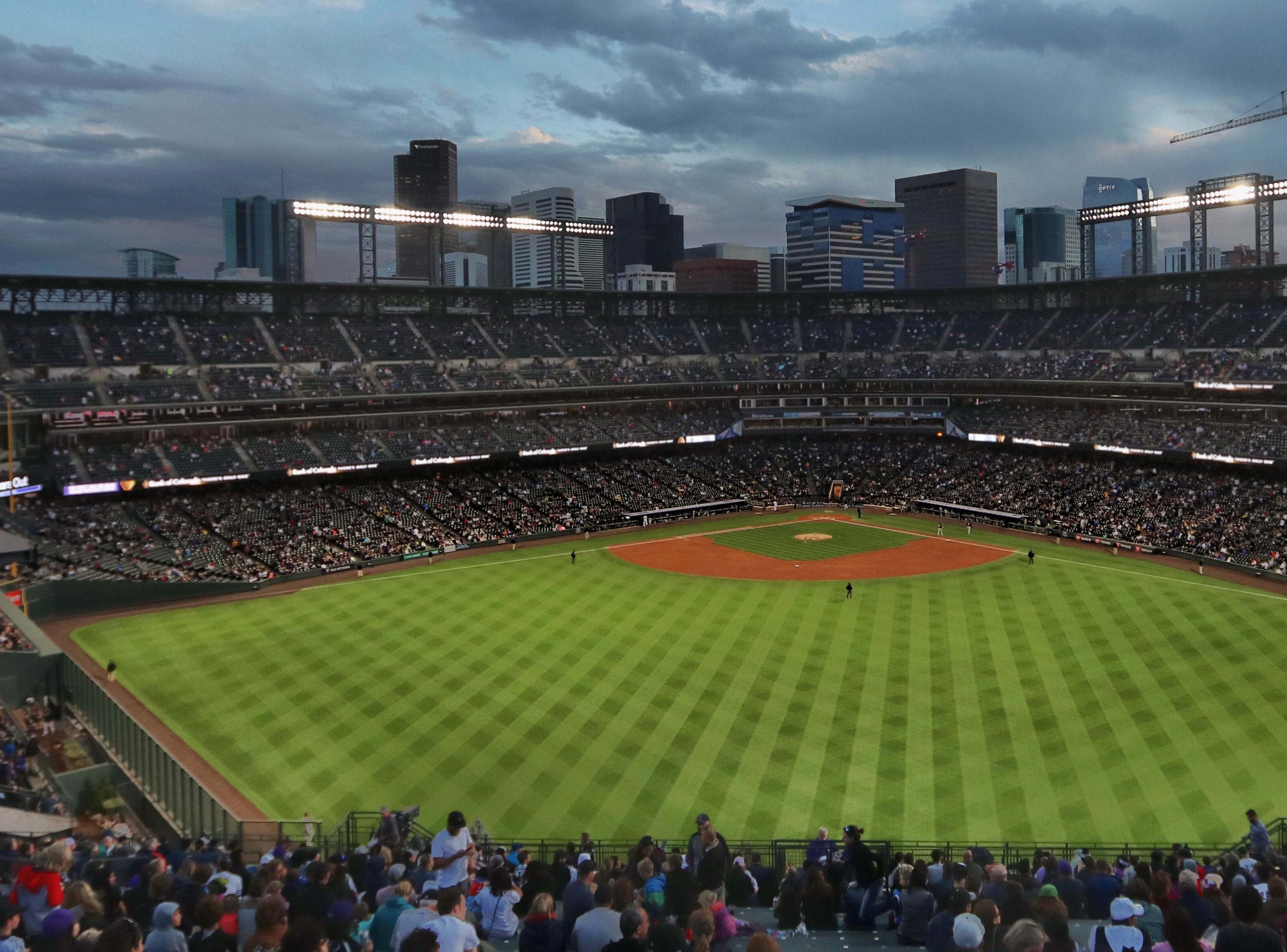Play Sustainaball: An Environmental Footprint for an MLB Team Season

In recent years, there has been increased attention and focus from the public on the environmental impact of professional sports organizations. Significant opportunities exist for Major League Baseball (MLB) teams to both reduce their own environmental footprint, and that of their fans, through sustainability initiatives. Despite stadiums using upwards of ten million gallons of water per year and having the same energy needs as a small city, no MLB team has completed a public-facing quantification of their total environmental footprint. This project calculated the carbon footprint and water consumption of the Tampa Bay Rays for the 2019 regular season. We analyzed Scope 1, 2, and 3 GHG emissions to identify hotspots within the Rays’ operations, supply chains, and transportation. Fan transportation was found to be the largest source of GHGs, followed by food production for concessions. The cooling tower and restrooms were identified as the largest sources of onsite water usage. We created a repository of best practices as a resource for stadium managers that includes strategies to reduce GHGs and water use coupled with scenario analyses estimating potential reductions. The following recommendations are highlighted as the largest reduction opportunities: (1) prioritizing fan engagement to switch to more sustainable modes of transportation, and (2) offering and highlighting more vegetarian options at concessions. To further reduce emissions and water usage, MLB teams should prioritize sub-metering electricity and water lines and installing more efficient equipment.
Acknowledgements
Tampa Bay Rays
Goldring Foundation
Paul Hanlon and Team, Ballpark Operations and Sustainability, Major League Baseball
Erik Distler, Vice President, Sustainability, AEG
Michael Dohnert, Senior Director, Ballpark Operations, New York Mets
Yardi Systems, Inc.